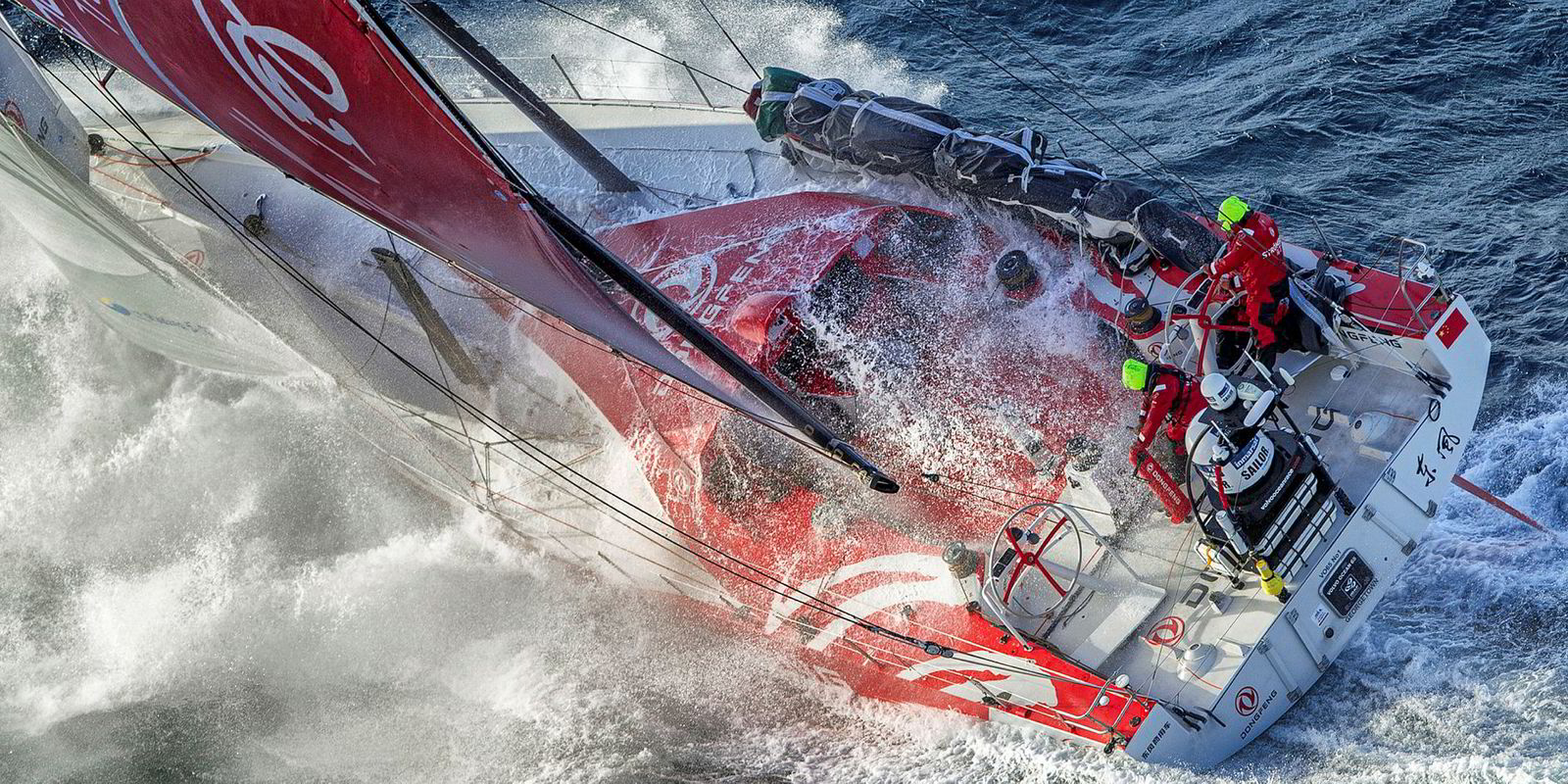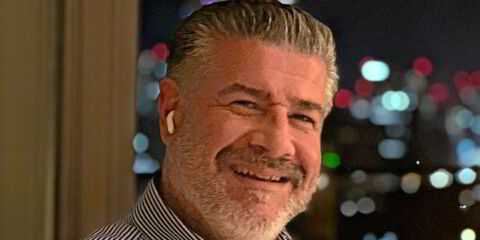The latest edition of the longest professional sporting event in the world starts from Alicante in eastern Spain next month.
Nearly nine months later, seven identical yachts will, it is hoped, sail into the Hague in the Netherlands after racing round the world.
The Volvo Ocean Race, one of the most gruelling yachting events, has gone back to its roots this year with a route running three times as far as last time through the Southern Ocean, where waves can top 100ft (30 metres) and winds reach 60 knots.
“The guys and the equipment will go through hell,” says the chief digital officer for the race, Jordi Neves, who oversees technology and communications.
Safety via communication links is an important part of his remit, but there are special rules regarding contact, as the crews are not allowed any help from the outside world.
The need to adjust the communication set-up became apparent in the last race when Team Vestas Wind crashed into a reef at night midway across the Indian Ocean in November 2014 and spent several days camping on a desert island, unable to access information.
This time the boats will carry a terminal to allow two-way broadband communications in an emergency.
For the first time, all devices on the boat will be connected by wi-fi, allowing the crew to communicate with the outside world watching on. But it is a special one-way connection, so no inward contact can be made unless there is an emergency.
Using Inmarsat as communications partner was the only option for the organisers in the areas where the yachts will sail, Neves says. Its global broadband coverage is needed to pump out the internet-based video content that the sponsors and followers want to see.
The southern route also provides a new threat that satellite imaging and communications can help against. Climate change is pushing Antarctic ice further north into areas where the yachts did not use to encounter it.
But Neves says: “The crews want speed, and the way to go fast is to head south, where there are the strongest winds and highest waves — and the shortest distances.”
Many things have changed since the first race in 1973, when boats’ positions were updated once a day. Now a signal is sent every six seconds.
In the early days Inmarsat and Cobham had to customise equipment to protect it from the elements, but a lot of the improvements are now included as standard, allowing the yacht designers to use mainly off-the-shelf products. However, extra protection against sea salt is still required for the iPhones and cameras the crew use to document their progress.
One of the teams reflects another new problem. The Turn the Tide on Plastic team skippered by Dee Caffari aims to spread publicity about the growing amount of the stuff being found in the seas.
After 45,000 miles, the boats, all the same Volvo Ocean 65 design, may still be just hours or minutes apart. It will be only skill — and luck — that separates them.



